The Future Of Zero-Emissions Trucks
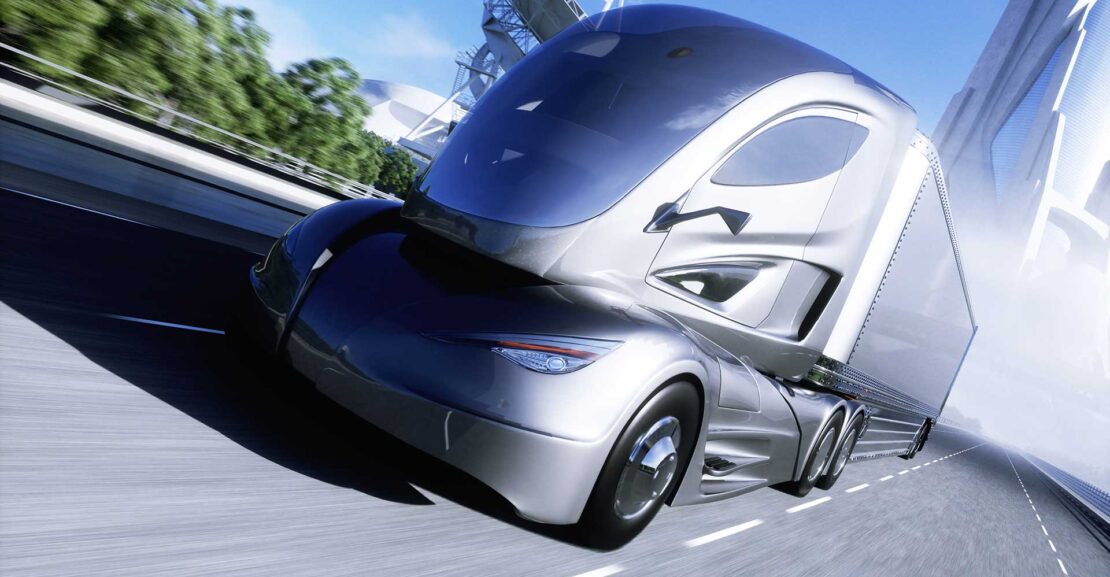
In the past two decades, the trucking industry has seen some major technological innovations, and zero-emission trucks are the wave of the future. Here’s what you can expect in the years to come.
What Does Zero Emissions Mean?
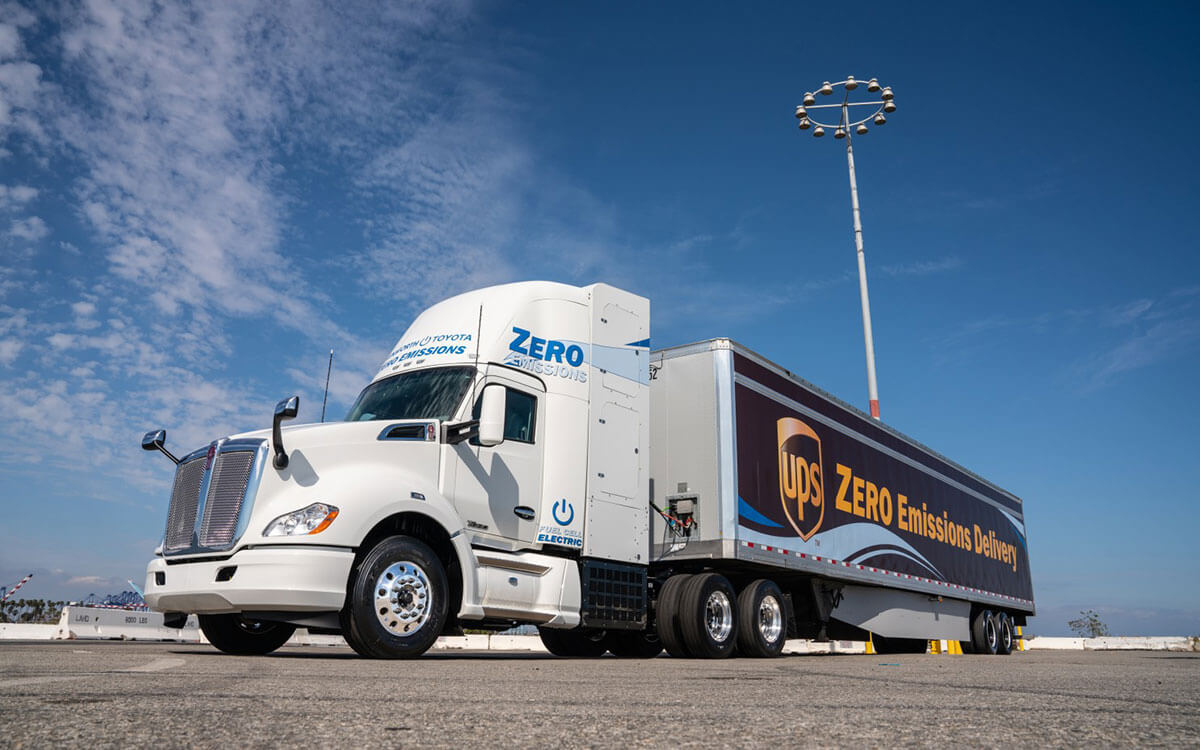
Zero emissions, or ZE, is a simple concept. It boils down to this: A ZE vehicle has a propulsion system that doesn’t lead to anything being emitted from the tailpipe. That means no nitrogen oxide, no carbon dioxide, no particulate matter — nothing to add to air pollution.
And, while your mind may immediately wander to battery-powered vehicles, they aren’t the only types of zero emissions vehicles on the road or in the works. There are actually a handful of zero emissions technologies, and all of them are being explored for their use in the consumer and commercial vehicle markets.
Fifteen States Have Already Taken The Pledge
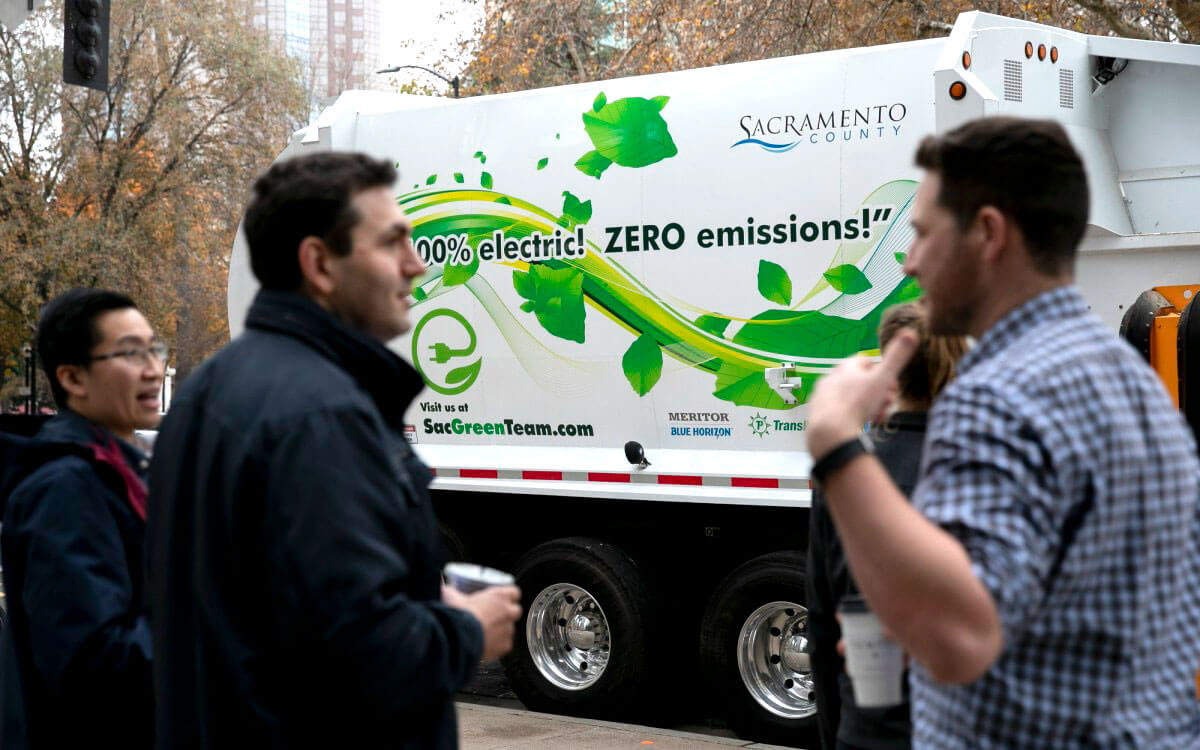
With fifteen states across the nation having already taken the pledge to have 100% zero-emission trucks on their roads by 2050, companies are racing to get more zero-emission models on the road.
In the meantime, these same states have pledged to make at least 30% (3 in 10) of all truck sales zero-emission trucks by the year 2030.
These pledges demonstrate great dedication to this initiative and they’re making it work by considering:
- Both financial and non-financial incentives for vehicles and infrastructure
- Actions to encourage public fleet and public transit deployment of zero emissions models
- Funding sources and financing models to support incentives
They’re also working on implementing uniform standards. But, what exactly does zero emissions look like in the world of trucking?
What NACFE Is Doing
NACFE, the North American Council for Freight Efficiency, has been quick to jump into the lively discussion of zero emissions for freight truckers and they’ve offered critical insight into how it can and should work.
For one, they acknowledge that certain trucks and truck routes will be easier to convert to zero-emissions than others. They suggest prioritizing short-haul and regional routes as that’s where BEV (Battery Electric Vehicle) tech will perform at its best.
On the other hand, long-haul trucking will be a bit harder to convert, and NACFE is not turning a blind eye to the potential hurdles.
Expect More Talk About HFCEV
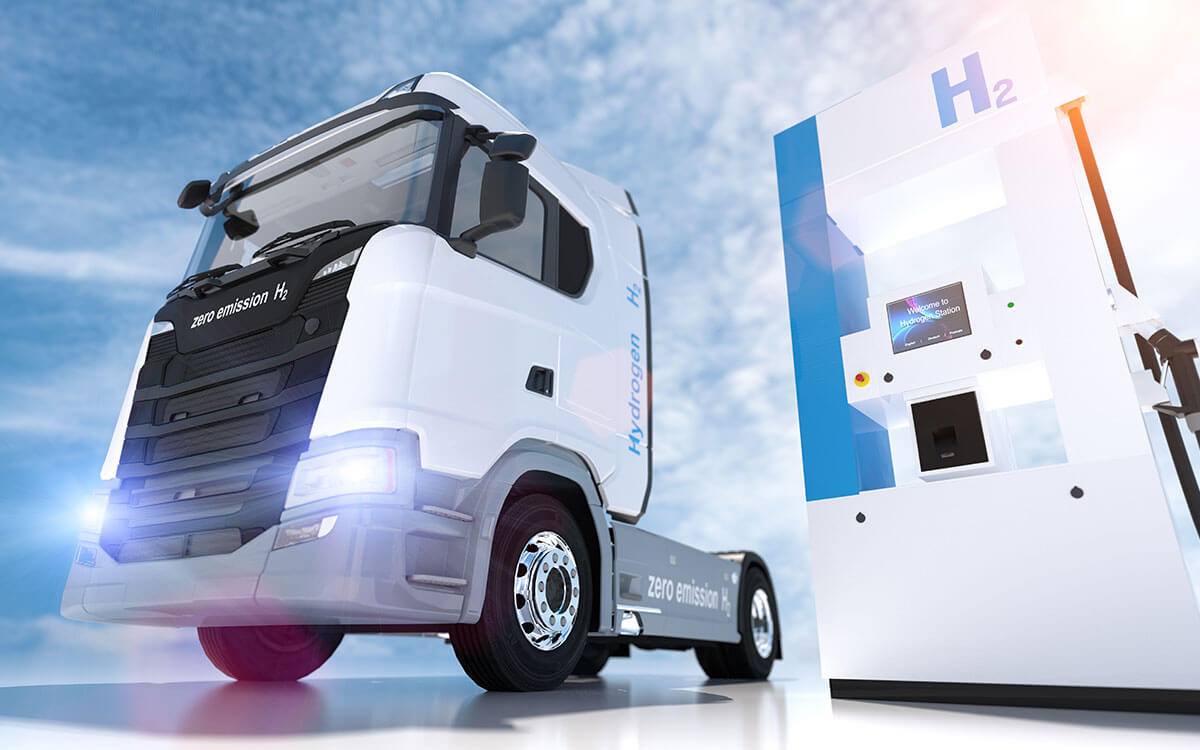
If battery technology seems discouraging for long-haul trucking, don’t fear. There are other zero emissions technologies that professional associations such as NACFE are recommending, including HFCEV.
Hydrogen Fuel Cell Electric Vehicle (HFCEV) designs will be better suited for the longer range of long-haul trucks. The hydrogen will also better match the fast fueling times these operations require.
That’s why more and more freight truck manufacturers and industry leaders are looking to expand research into HFCEV technology as it will seemingly far outshine, and outlast, BEV in the commercial trucking industry.
Massive Changes Are Coming to Infrastructure Near You
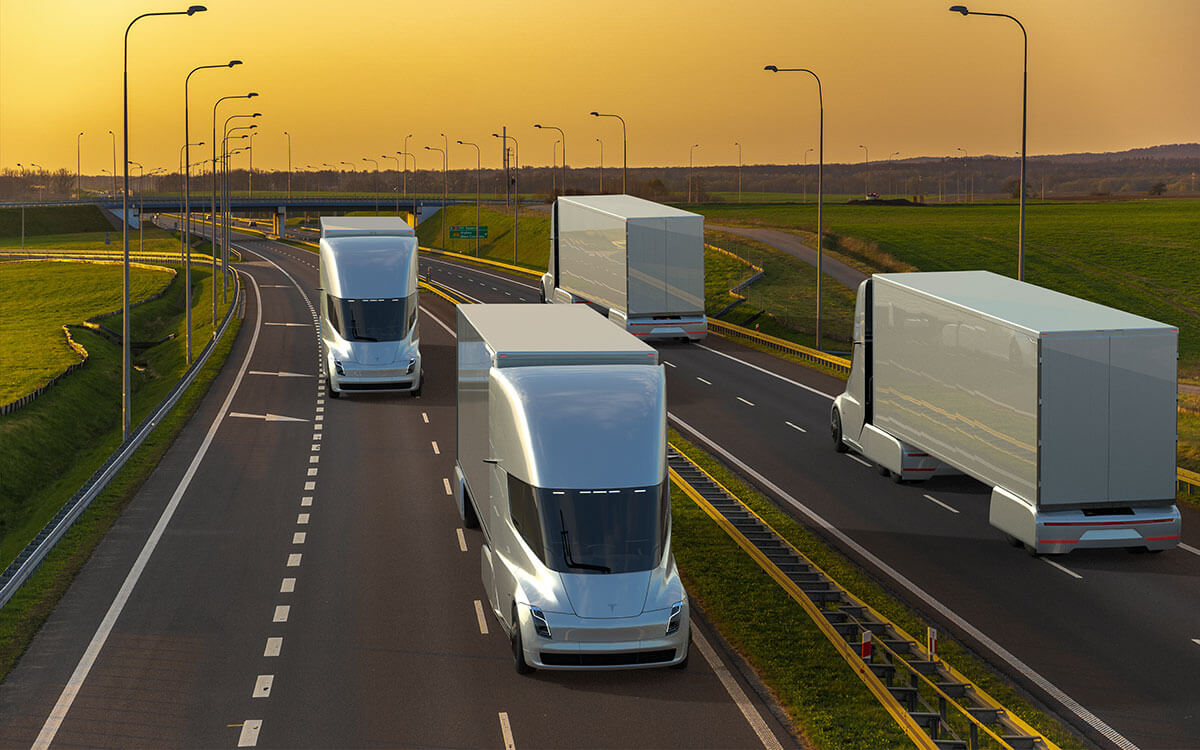
One of the biggest questions that comes to mind when thinking about the move to zero emissions is how these trucks will be charged while enroute to their destination. Every one knows you can’t run a truck without fuel, and there’s widespread recognition that building the infrastructure needed to fuel these trucks requires massive investment.
BEV trucks will require charging stations and HFCEV trucks will require hydrogen stations, which means fleet owners have a major project on their hands. Both types of stations will need to be installed along trucking routes, which could, in itself, take up to three years to complete.
When it comes to DC fast charging infrastructure, which will need to charge up to 1 MW for larger trucks, it could cost as much as $100,000 per vehicle. The fleet depots operating today would also need to make major changes in order to supply the needed power for all the trucks they’ll have charging at a given time.
California Has Investors to Help Cover Infrastructure Costs
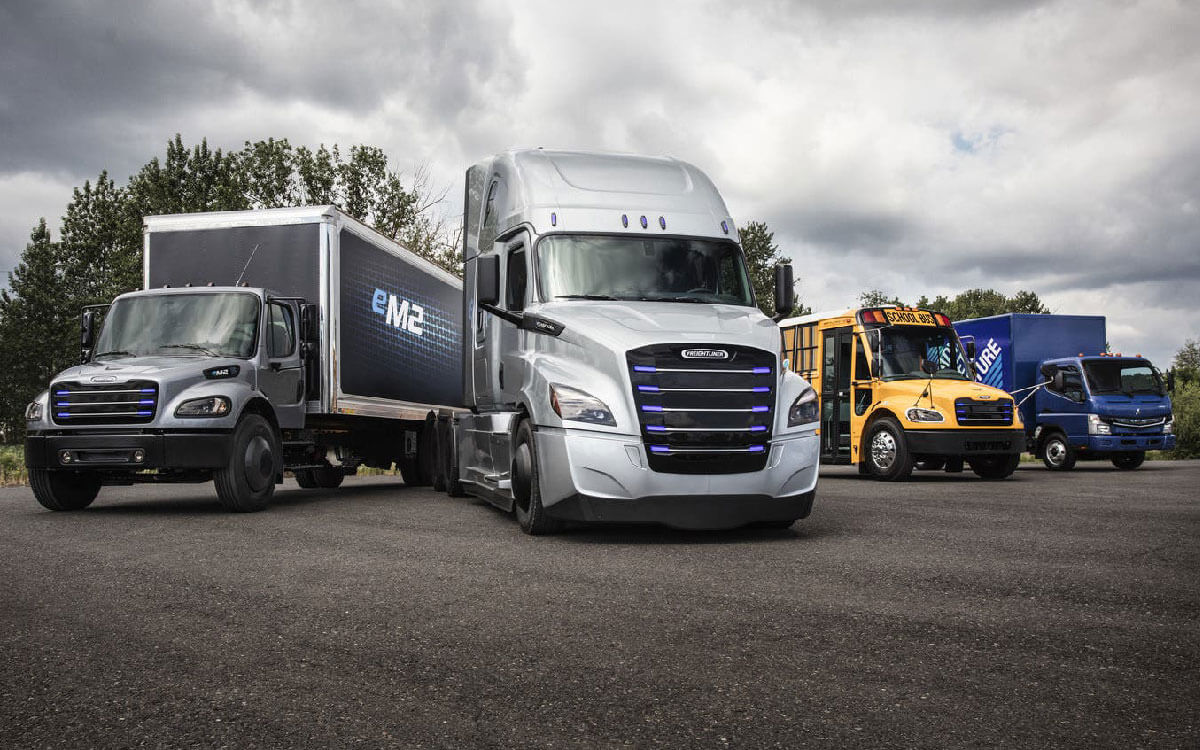
If cost seems like a barrier to adoption, you’d be right. But, some states are beginning to find ways to help lessen or remove this barrier. In California, for instance, the move towards zero emissions is supported by investor-owned utilities — three of them, to be exact.
These utilities are helping fund the building of “make ready” infrastructure to create charging systems where truckers will need them most. This is an approach to funding that other states are likely to follow, too, and such funding mechanisms are essential to the successful implementation of the zero emissions pledge so many states have signed on to.
What Else Is On The Road To Come?
If you like hearing about trucking industry news like the move to zero emissions, you should sign up for the Suppose U Drive newsletter. It’s completely free and helps keep people like you up-to-date on what’s happening and what’s ahead for fleet operators, truck drivers, and more.

